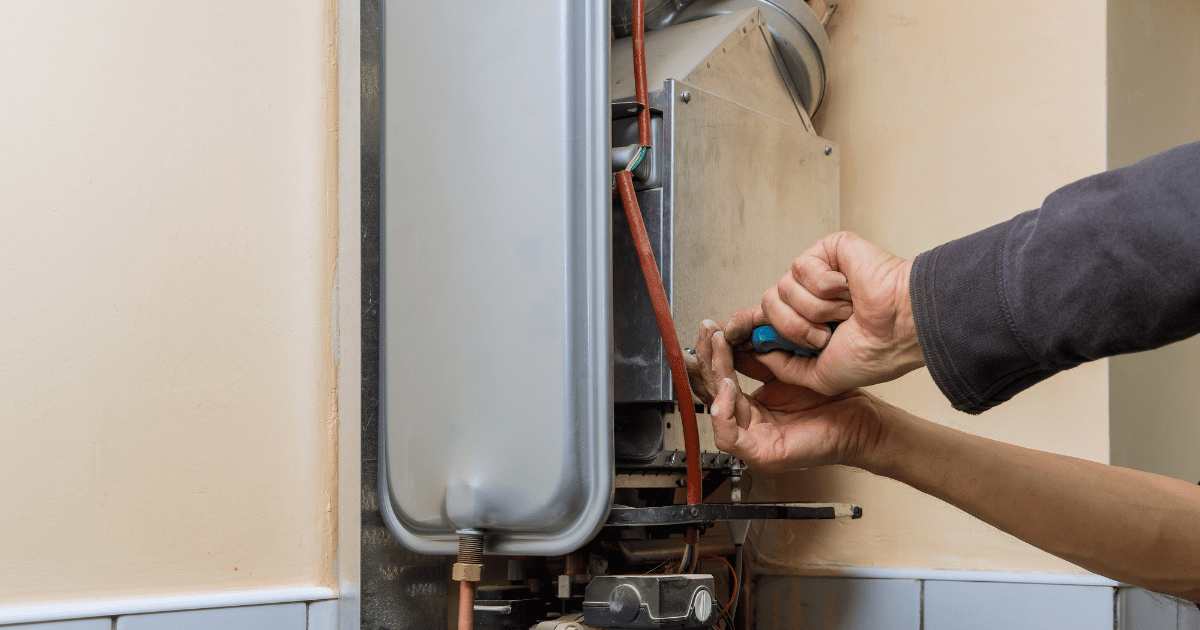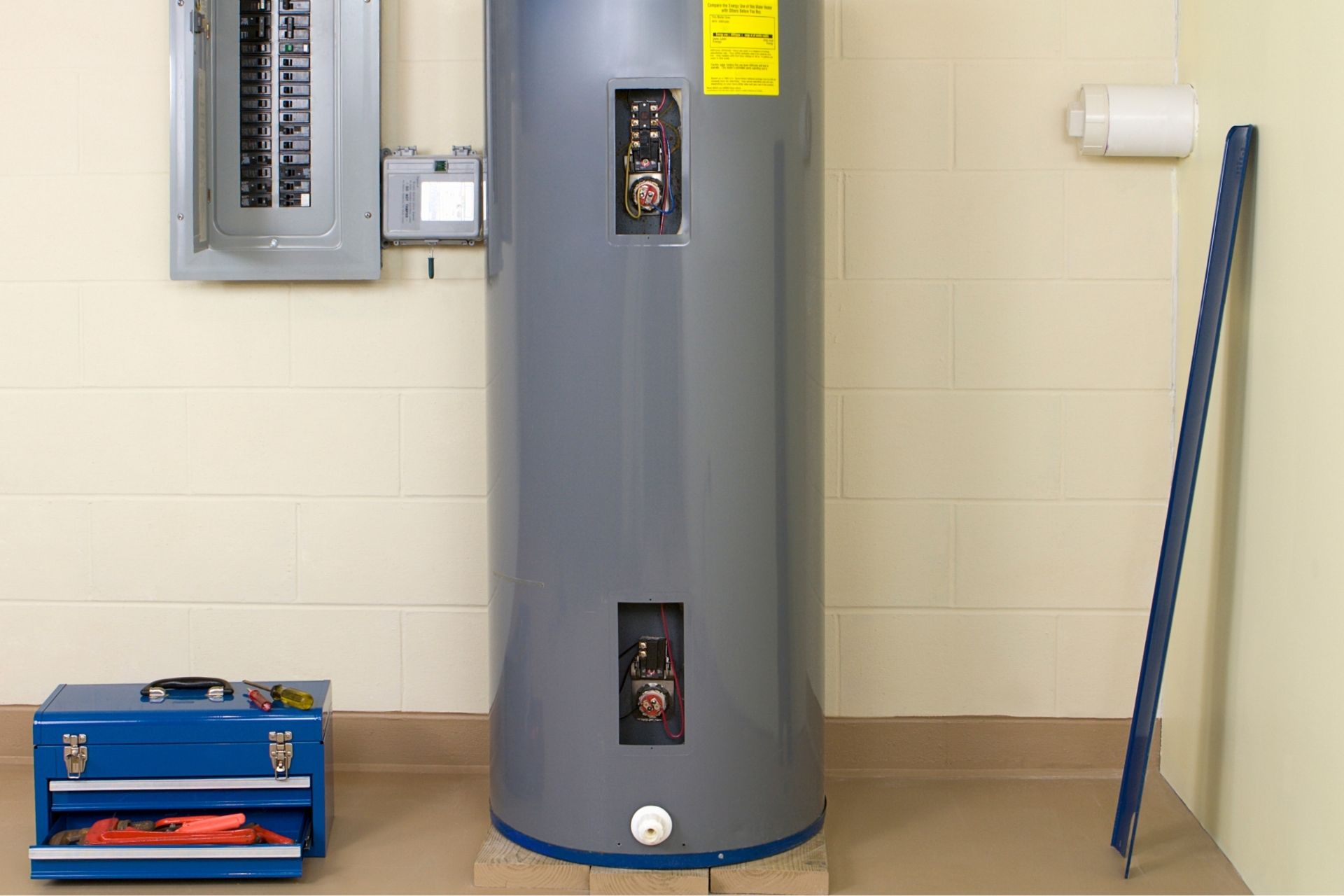Useful Techniques for Caring for Your Home's Hot Water System
Useful Techniques for Caring for Your Home's Hot Water System
Blog Article
The author is making a few great pointers about Water Heater Maintenance Tips You Can't Afford to Forget in general in this great article directly below.

Warm water is vital for daily comfort, whether it's for a refreshing shower or washing dishes. To guarantee your hot water system runs efficiently and lasts much longer, routine maintenance is crucial. This short article provides useful tips and understandings on exactly how to preserve your home's warm water system to prevent disturbances and expensive repairs.
Intro
Maintaining your home's warm water system may appear difficult, yet with a few basic actions, you can ensure it runs smoothly for several years to come. This overview covers everything from understanding your warm water system to DIY upkeep suggestions and understanding when to call in expert help.
Value of Keeping Your Hot Water System
Normal maintenance not just extends the life expectancy of your warm water system however additionally ensures it operates effectively. Disregarding maintenance can result in lowered performance, higher energy expenses, and also early failing of the system.
Signs Your Hot Water System Demands Upkeep
Knowing when your hot water system requires attention can avoid significant issues. Watch out for indicators such as inconsistent water temperature, odd sounds from the heating unit, or rusty water.
Comprehending Your Hot Water System
Before diving into maintenance tasks, it's valuable to understand the fundamental components of your hot water system. Usually, this consists of the hot water heater itself, pipes, anode rods, and temperature level controls.
Month-to-month Maintenance Tasks
Regular regular monthly checks can help capture small concerns before they escalate.
Flushing the Hot Water Heater
Purging your hot water heater eliminates debris accumulation, enhancing effectiveness and extending its life.
Checking and Replacing Anode Rods
Anode rods avoid deterioration inside the container. Inspecting and replacing them when worn out is important.
Checking and Readjusting Temperature Level Setups
Readjusting the temperature level settings ensures optimal performance and safety.
DIY Tips for Maintenance
You can carry out a number of maintenance tasks yourself to keep your hot water system in top condition.
Looking for Leakages
On a regular basis evaluate pipelines and links for leakages, as these can cause water damages and greater expenses.
Checking Stress Relief Valves
Evaluating the pressure relief valve ensures it functions correctly and prevents excessive stress accumulation.
Protecting Pipes
Shielding hot water pipes lowers warm loss and can save power.
When to Call an Expert
While do it yourself upkeep is helpful, some problems need professional proficiency.
Facility Problems Requiring Specialist Aid
Instances include major leakages, electric issues, or if your water heater is consistently underperforming.
Regular Professional Upkeep Perks
Expert maintenance can consist of complete assessments, tune-ups, and ensuring compliance with safety standards.
Verdict
Routine upkeep of your home's hot water system is crucial for effectiveness, longevity, and expense savings. By following these pointers and recognizing when to look for expert help, you can make certain a trustworthy supply of hot water without unanticipated interruptions.
Water Heater Maintenance: The Basics
Maintaining your water heater will ensure it operates efficiently and has a longer lifespan. Neglecting regular maintenance can lead to costly repairs and an even bigger chunk of your savings if you have to replace it sooner than necessary. But there’s good news: Most water heater maintenance tasks are relatively simple and easy for homeowners with basic DIY skills.
Flush the Water Heater
Over time, sediment and minerals can build up in the tank, reducing its efficiency and potentially causing damage. To flush the tank, turn off the power or gas supply, attach a hose to the drain valve near the bottom and open the valve to drain the water until it runs clear. Ideally, flush the tank annually.
Replace the Anode Rod
The anode rod is a sacrificial metal rod that helps prevent corrosion inside the tank. Inspect and replace it every three to five years or per the manufacturer's recommendation. To replace the anode rod, turn off the power or gas supply, drain a few gallons of water from the tank, unscrew the old rod and replace it with a new one. If the anode rod is significantly corroded or covered in calcium buildup, it's a sign the water heater may need to be replaced soon.
Tune-Up
A yearly tune-up can help identify potential issues and ensure your water heater operates at peak efficiency. This typically involves checking the thermostat, burner assembly (for gas heaters) and any other components specified by the manufacturer. During a tune-up, the technician may also clean the burner and adjust the pilot light (for gas heaters) or examine the heating elements (for electric heaters).
How to Maintain Your Water Heater
Insulate the tank. Insulating the tank can improve energy efficiency and reduce heat loss, saving you money on energy bills. You can purchase precut insulation blankets designed specifically for water heaters or use standard fiberglass insulation wrapped securely around the tank. Check the temperature. The recommended water temperature for most households is around 120 degrees Fahrenheit (49 degrees Celsius). Higher temperatures can increase energy costs and potentially cause scalding. Use a kitchen thermometer to check the temperature at the faucet nearest the water heater. Monitor water pressure. Excessive water pressure can strain the water heater and cause leaks or even tank failure. Install a pressure-reducing valve if necessary. The ideal water pressure range is between 60 and 70 PSI (pounds per square inch). Test the temperature and pressure (T&P) relief valve. The T&P relief valve is a safety feature that releases pressure if the tank gets too hot or the pressure builds up too high. Test it annually by lifting the lever and allowing a small amount of water to release. Replace the valve if it doesn't release water or reseal properly. Check for leaks. Regularly inspect the tank, pipes and fittings for leaks or corrosion. Deal with issues promptly to prevent further damage. Even a small leak can lead to significant water damage over time. Consider a tankless water heater. If your traditional tank-style water heater is nearing the end of its lifespan ( typically 10 years), consider replacing it with a tankless water heater. These units heat water on demand, reducing standby energy losses and potentially saving you money on your energy bills. Schedule professional maintenance. While homeowners can perform many water heater maintenance tasks, it's still a good idea to schedule professional maintenance every few years. A plumber or HVAC technician can thoroughly inspect the unit, identify potential issues and ensure it operates safely and efficiently. https://www.homeserve.com/en-us/blog/home-improvement/hot-water-heater-maintanence/

Do you appreciate more info about Tips on Maintaining a Water Heater? Try leaving a short review directly below. We would be glad to find out your thinking about this post. In hopes that you come back again before long. For those who liked our blog posting plz do not forget to pass it around. Kudos for being here. Return soon.
Call Today Report this page